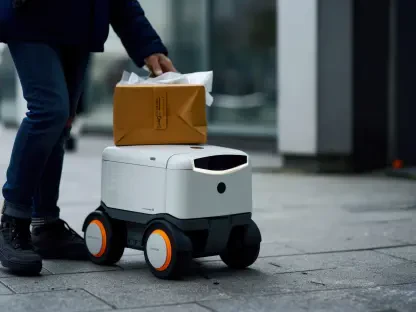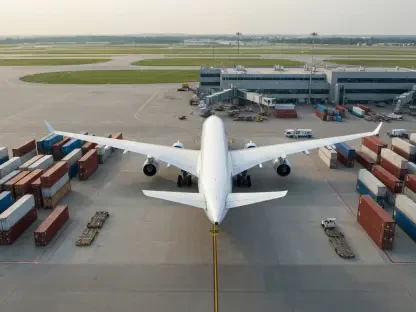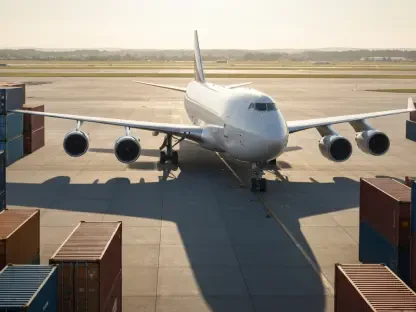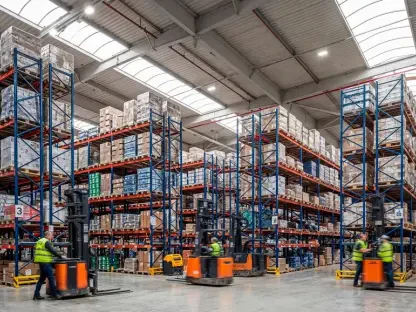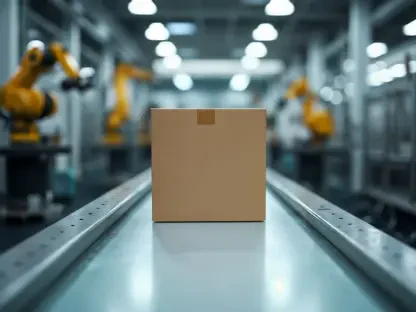In an era where efficiency and sustainability are at the forefront of logistics, autonomous robots are becoming a transformative force. The integration of these robotic systems is reshaping the industry by optimizing processes, reducing human error, and decreasing operational costs. As technology continues to advance rapidly, understanding the current state and future prospects of autonomous robots in logistics is vital for businesses looking to remain competitive and innovative.
Current Landscape of Autonomous Robots in Logistics
Adoption Rate and Market Growth
The adoption rate of autonomous robots in logistics has surged in recent years, driven by advancements in artificial intelligence and machine learning. According to recent market analyses, the sector’s growth rate is expected to continue its upward trajectory, as industries worldwide recognize the potential efficiency and productivity gains. For instance, estimates indicate that by 2027, the global market for logistics robots will have grown at a compound annual growth rate (CAGR) of over 15%. Such positive growth trends highlight the increasing reliance on robotic solutions for various logistical challenges.
Practical Applications and Innovations
Autonomous robots have been successfully implemented across various logistical applications, demonstrating their versatility and efficiency. One notable example is CEVA Logistics’ collaboration with STRADOT, deploying autonomous conveyor robots at its logistics hub in Nanteuil-le-Haudouin, France. These robots enhance operational throughput by automating vehicle handling processes, showing the practical value of autonomous systems in real-world settings. CEVA Logistics illustrates how innovative applications of this technology can lead to significant improvements in storage capacity, vehicle maneuverability, and environmental sustainability.
Expert Insights on Autonomous Robotics
Industry experts are keen to highlight the transformative potential of autonomous robotic systems within logistics. Thought leaders emphasize that these technologies can drastically improve safety and reduce downtime while enabling businesses to meet the growing demands for faster delivery times and more accurate order fulfillment. Challenges, however, are still present; industry professionals identify integration and initial investment costs as potential hurdles. Nonetheless, the long-term benefits, such as increased efficiency and cost savings, make the investment worthwhile according to leading experts.
Future Prospects of Autonomous Robots in Logistics
The future of autonomous robots in logistics appears promising, with continuous technological advancements paving the way for broader applications. As these systems become more sophisticated, it is anticipated that they will offer greater flexibility and scalability, making them appealing to smaller organizations as well. Potential developments include enhanced autonomous navigation, improved human-robot collaboration, and increased energy efficiency. Challenges such as cybersecurity and regulatory compliance will also need addressing, as these systems become integral to logistics operations.
Conclusion
The trend of deploying autonomous robots in logistics has significantly reshaped the landscape, offering businesses improved efficiencies and substantial cost reductions. With continued advancements and investments in technology, the future promises further innovations that will transform logistics services. Key stakeholders in the industry are encouraged to embrace these technologies to stay competitive and reap the long-term benefits, thus ensuring they remain at the cutting edge of their field.



